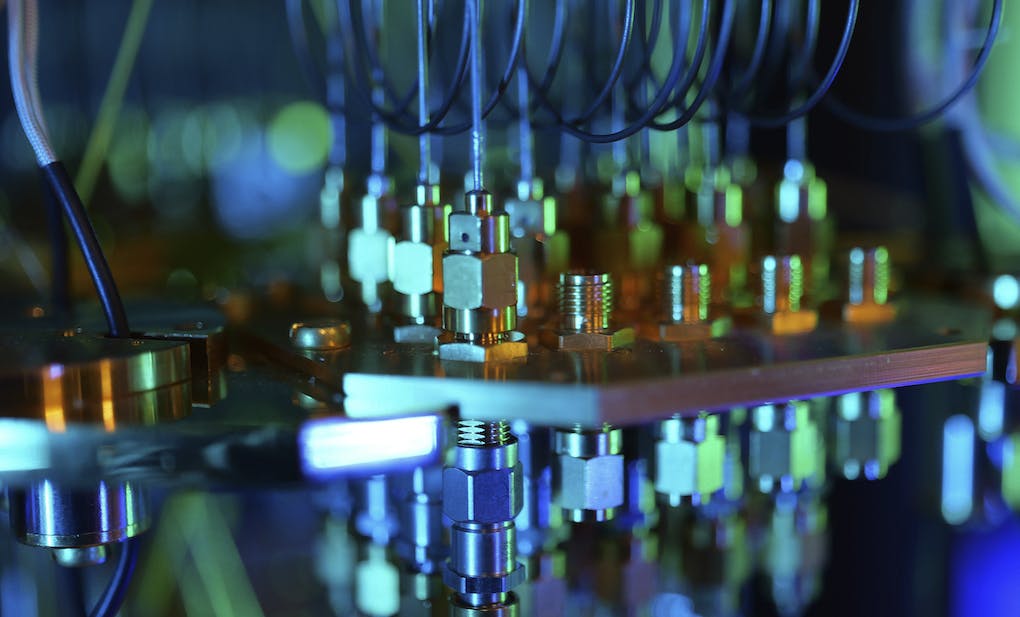Connected Health Research Advances During Pandemic
The need to provide remote care amidst COVID-19 has put new emphasis on the importance and uses of remote monitoring for patient care.

The COVID-19 pandemic provided challenges and opportunities for health networks looking to provide care despite the strain on hospital resources and need to maintain physical distancing.
The health care industry experienced a widespread shift to telehealth, accompanied by growing investment in capacities that allow remote monitoring of patient symptoms. As a broader phenomenon, medical networks across America have made substantial progress in exploring using wearable devices for improving health outcomes.
Speaking at the GovernmentCIO Media & Research Military Health Summit Thursday, representatives from both government and private sector discussed how their organizations have fostered these advancements in connected care. Much of this hinged on building out existing connected care capacities, using the crisis of the pandemic as an opportunity to invest in needing responsive measures.
“This actually predates COVID. Three years ago we started doing remote home monitoring with our heart failure patients and our complicated diabetic patients. We ran a one-year clinical trial study out of Madigan Army Medical Center and Nellis Air Force Base in Las Vegas with a cohort of some 200 patients to see if there was any efficacy. It turns out we did have better diabetic management with real-time interaction, with the patients that had a nurse case manager throughout the year,” said Lt. Col. Antonio Eppolito, M.D., chief of telehealth at the Air Force.
While much of the advances in remote patient care have occurred across military health organizations, federal technologists recognize that these capacities will likely be used with increasing frequency and sophistication across civilian health networks as well.
“Taking that into the future, I see remote in-home monitoring with wearables to be something we’re going to be more and more involved with. Not only in-garrison, for the patient at home,” Eppolito said.
Much of the impetus for these developments came as a consequence of monitoring not just the symptoms of heart disease and diabetes patients, but in monitoring the conditions of COVID patients who had contracted a novel disease whose symptoms and longer-term complications are still in the process of being fully understood.
“The Army Veteran Medical Center actually has a pilot that they’re doing right now with remote patient monitoring primarily for COVID patients,” said Dr. Simon Pincus, chief of the Defense Health Agency’s Connected Health Branch. “As you might expect, they’re monitoring things like pulse oximetry, heart rate, temperature, lung function and blood pressure. Things that would tell you if someone needed to come back into the hospital right away.”
The ability to track a range of symptoms has allowed remote patient care to be applied to new conditions beyond the initial priority areas of diabetes and heart disease, portending a likely expansion in wearables and IOT for medical treatment.
Caregivers also recognize that integrating these advances in biometrics with predictive analytics and AI will allow for more sophisticated patient diagnostics — allowing providers to tell when a new condition has emerged, or previously known condition has reached a point of concern requiring in-person attention. Merging these with electronic health records modernization will allow providers to compile a much more thorough patient history that is used to shape more precise and effective care.
“One of the things the Defense Health Agency is rolling out is the MHS Genesis electronic health record, which will eventually also integrate with the DOD and VA’s health record so you can see a lifetime of records and integrated health technology,” Pincus said. “I think that those will be valuable to patients and to providers, and then ultimately all of that data will eventually allow for predictive analytics, and potentially improve the quality of care that our beneficiaries receive.”
Providers have also begun to recognize the applicability for older patients who might want to receive hospice care and symptom monitoring from their own home, allowing the better provision of treatment to the elderly.
“There’s a lot of baby boomers out there, and they want to age in their home. And looking a little bit further, you have ambient computing where you don’t have to interface with anything. It’s just in your home. And you may have video, you may have sound, you may have patterns of what has happened before — used all the way from did you take your medications to did you get any exercise today?” said Dr. Mitch Heroman, chief medical officer at Optum Serve.
This is a carousel with manually rotating slides. Use Next and Previous buttons to navigate or jump to a slide with the slide dots
-

IRS Tax Filing Pilot Part of Digital-First Customer Experience Plan
Many taxpayers increasingly expect flexible, easy and self-directed digital interactions, agency leaders said.
5m read -

Federal Agencies Make the Case for Quantum
Amid development of emerging technologies like AI and machine learning, leaders see promise in quantum computing.
6m read -

Cyber Incident Reporting Regulation Takes Shape
An upcoming CISA rule aims to harmonize cyber incident reporting requirements for critical infrastructure entities.
5m read -

Connectivity Drives Future of Defense
The Defense Department is strategizing new operating concepts ahead of future joint force operations.
8m read








